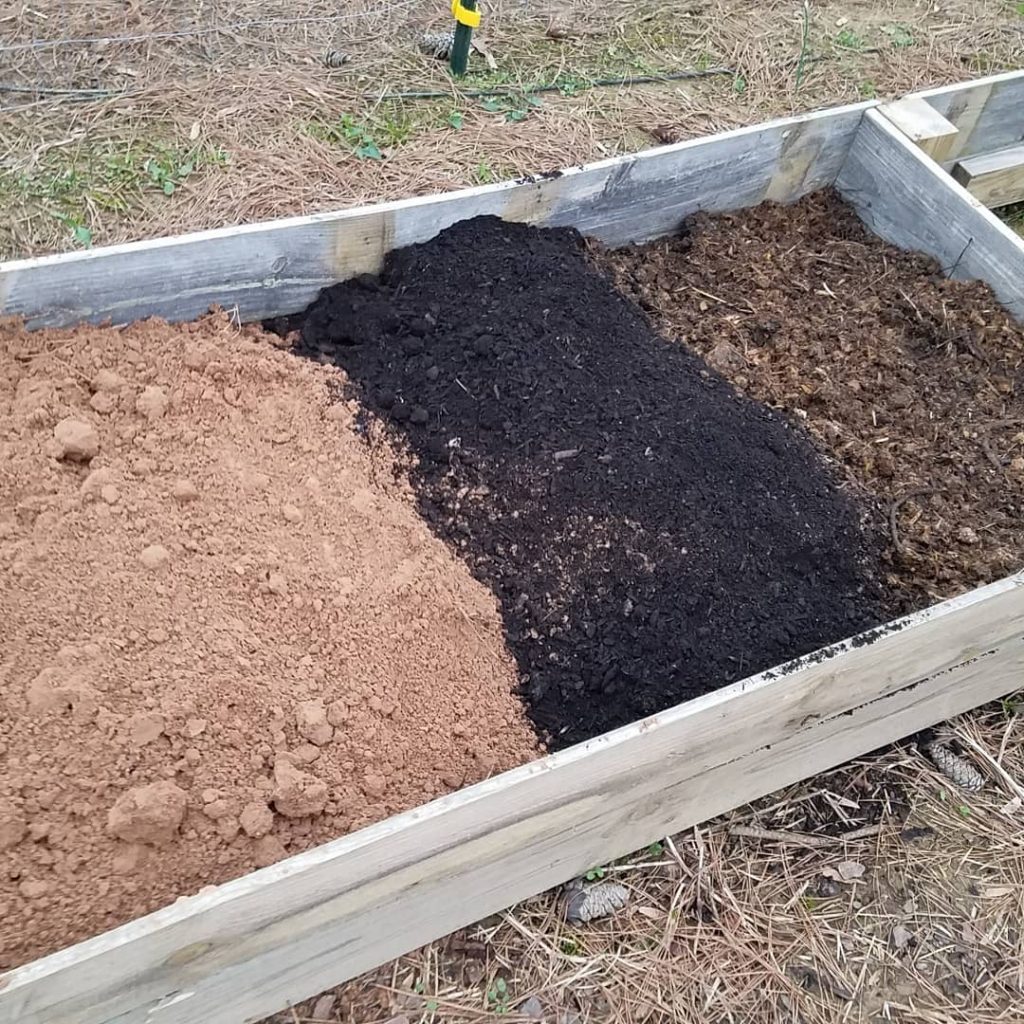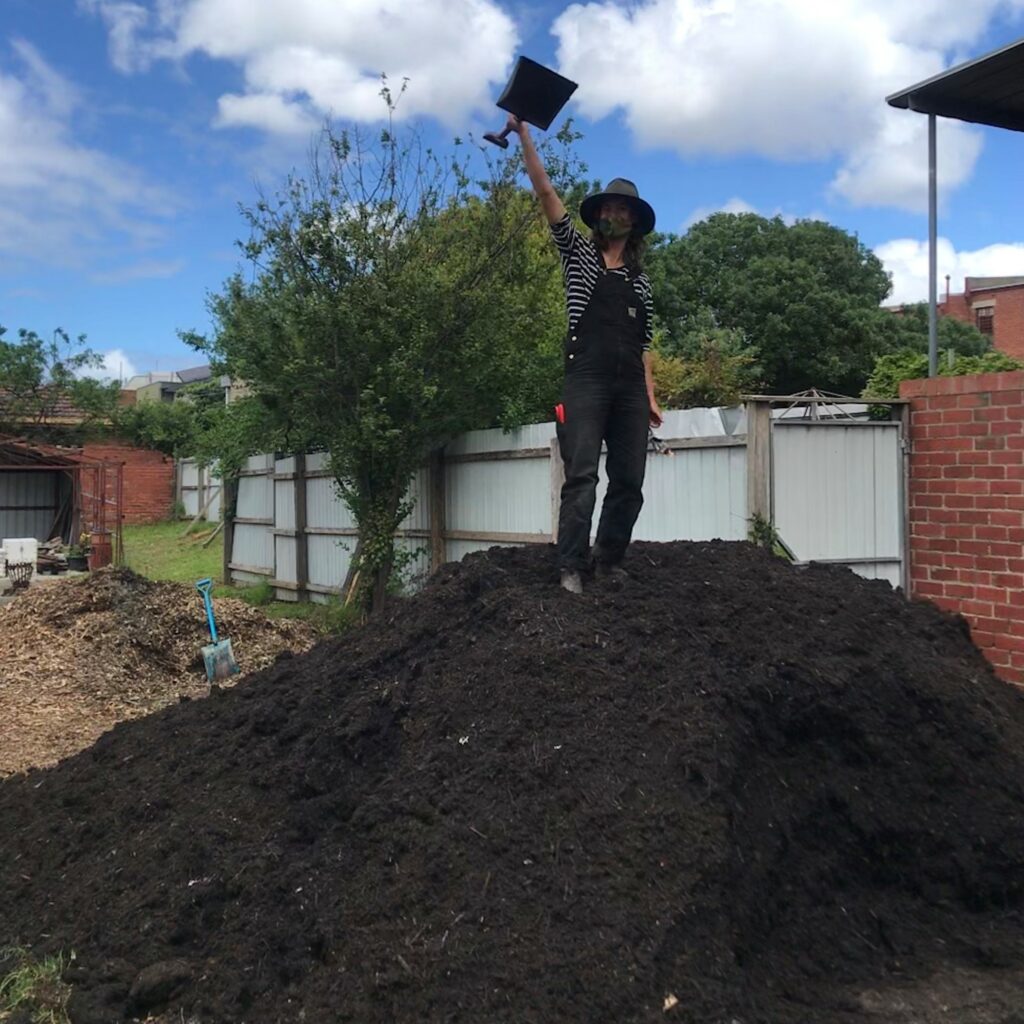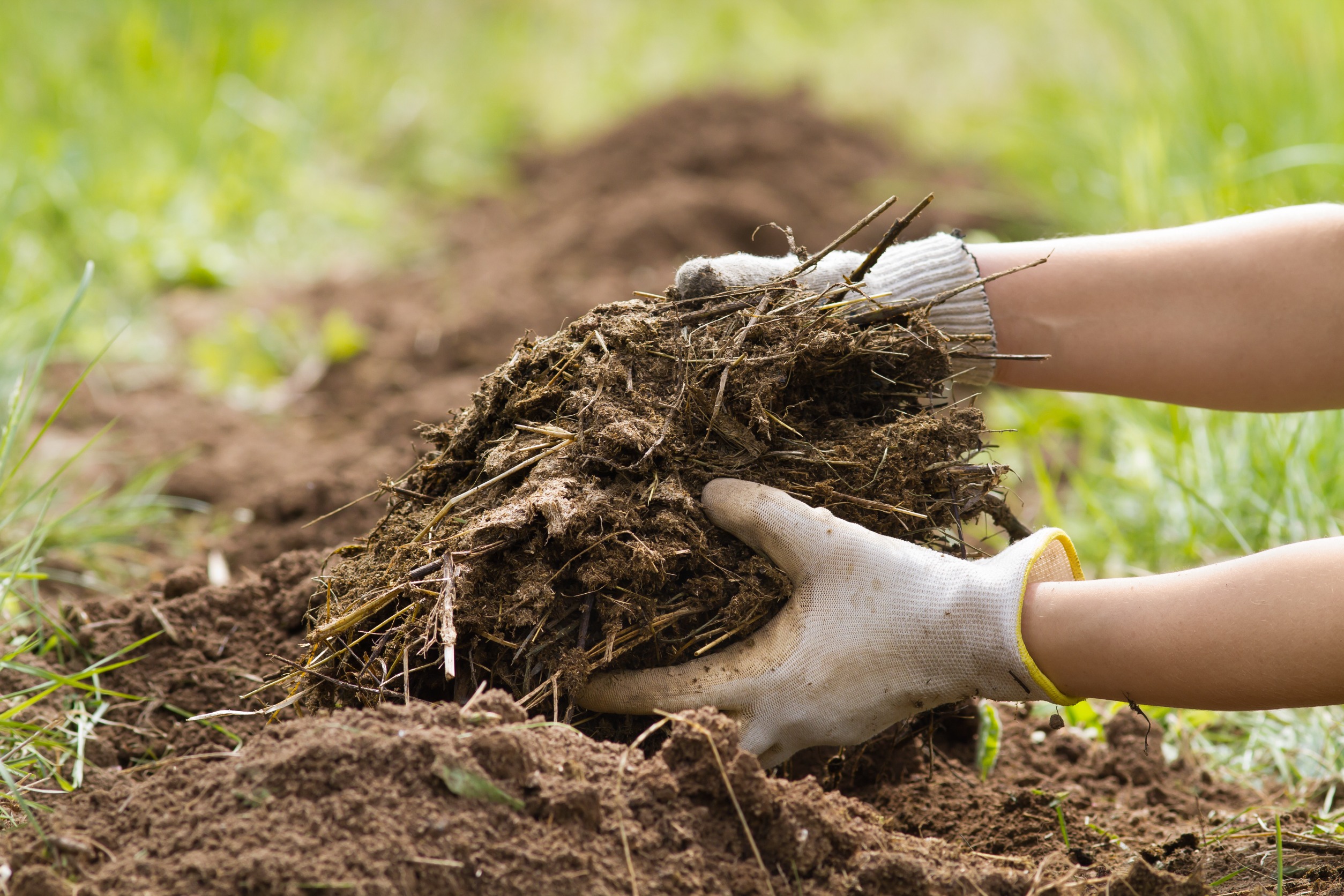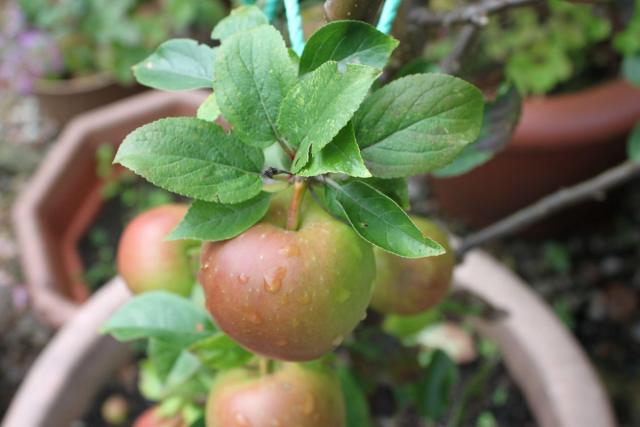How To Make Clyde Compost In Days Or Less
Composting is a great way to reduce your environmental impact and improve the quality of your soil. It's also a relatively easy process that can be done at home with just a few simple materials.
If you're looking to make compost quickly, Clyde composting is a great option. Clyde composting is a type of hot composting that uses a specific ratio of green and brown materials to create compost in just a few days.
In this blog post, I'll walk you through the steps on how to make Clyde compost in 7 days or less.
What is Clyde Compost?
Clyde compost is a type of hot compost that is made by combining green and brown materials in a specific ratio. The green materials are high in nitrogen, while the brown materials are high in carbon. The combination of these two types of materials creates an ideal environment for the microorganisms that break down the organic matter and create compost.
Clyde composting is a relatively quick process. In most cases, you can expect to have finished compost in 7-10 days. However, the exact time frame will depend on a number of factors, such as the temperature, the moisture content, and the size of your compost pile.
What You Need
To make Clyde compost, you will need the following materials:
- A compost bin or pile
- Green materials (such as vegetable scraps, grass clippings, and coffee grounds)
- Brown materials (such as dead leaves, straw, and wood chips)
- Water
- A thermometer (optional)
Instructions
- Choose a location for your compost bin or pile. It should be in a sunny spot that gets at least 6 hours of sunlight per day.
- Add a layer of brown materials to the bottom of your compost bin or pile.
- Add a layer of green materials on top of the brown materials.
- Continue alternating layers of green and brown materials until your compost bin or pile is full.
- Add water to your compost pile until it is moist but not wet.
- Turn your compost pile every 2-3 days. This will help to aerate the compost and speed up the decomposition process.
- Monitor the temperature of your compost pile. The ideal temperature for composting is between 130 and 160 degrees Fahrenheit.
- Once your compost is finished, it will be dark brown and crumbly. You can use it to amend your garden soil or potted plants.
Tips
- For faster composting, use a thermometer to monitor the temperature of your compost pile.
- If your compost pile is not getting hot enough, add more green materials.
- If your compost pile is getting too hot, add more brown materials.
- If you live in a cold climate, you may need to cover your compost pile to help it retain heat.
- You can also add worm castings to your compost pile to speed up the decomposition process.
Conclusion
Clyde composting is a great way to make compost quickly and easily. With a few simple materials and a little bit of time, you can have finished compost in just 7 days or less.
Compost is a valuable asset for any gardener. It can improve the drainage and aeration of your soil, increase its water retention capacity, and provide essential nutrients for your plants. By making your own compost, you can save money and reduce your environmental impact.
So what are you waiting for? Start composting today!
Clyde Compost is a premium organic compost made from a blend of natural materials. It is perfect for improving the soil quality in your garden, lawn, or farm. Clyde Compost is also certified organic and HACCP compliant, so you can be sure that it is safe for use.
To learn more about Clyde Compost, visit their website at Home Gardening. You can find information on their products, pricing, and shipping. You can also read customer reviews and testimonials.
FAQ of clyde compost
What is Clyde compost?
Clyde compost is a type of compost made from food scraps, yard waste, and other organic materials. It is a nutrient-rich soil amendment that can be used to improve the health of your plants.
What are the benefits of using Clyde compost?
There are many benefits to using Clyde compost, including:
- It can improve the drainage and water retention of your soil.
- It can help to increase the fertility of your soil.
- It can help to reduce the need for chemical fertilizers.
- It can help to attract beneficial insects and earthworms to your garden.
- It can help to improve the overall health of your plants.
How do I make Clyde compost?
There are many ways to make Clyde compost. One simple method is to start a compost pile in your backyard. To do this, you will need a pile of organic materials, such as food scraps, yard waste, and leaves. You will also need to add some water to the pile to keep it moist. The compost pile will need to be turned regularly to aerate it. Over time, the organic materials in the pile will break down and form compost.
Where can I buy Clyde compost?
Clyde compost is available for purchase at many garden centers and home improvement stores. You can also find it online.
How do I use Clyde compost?
Clyde compost can be used in a variety of ways. You can add it to your garden soil, use it to fertilize your plants, or make your own potting mix. You can also use it to improve the drainage of your soil or to suppress weeds.
How often should I use Clyde compost?
The frequency with which you use Clyde compost will depend on the needs of your plants and your soil. In general, you should use Clyde compost once or twice a year. However, you may need to use it more often if your soil is poor or if your plants are nutrient-hungry.
What are some common problems with Clyde compost?
There are a few common problems that can occur with Clyde compost, including:
- Odor: If your compost pile is not properly managed, it can develop an odor. This can be caused by a number of factors, such as too much moisture, too much nitrogen, or the presence of certain types of food scraps.
- Pests: Compost piles can attract pests, such as rodents, insects, and slugs. To prevent this, you should keep your compost pile covered and turn it regularly.
- Weeds: If you add weeds to your compost pile, they may germinate and grow in your garden. To prevent this, you should remove all weeds from your compost pile before adding it to your soil.
How can I avoid these problems?
To avoid the problems mentioned above, you should:
- Manage your compost pile properly. This includes keeping it moist, turning it regularly, and adding the right types of materials.
- Keep your compost pile covered. This will help to prevent odors and pests.
- Remove all weeds from your compost pile before adding it to your soil.
Image of clyde compost
10 different images of Clyde compost that are free to use:
- A pile of Clyde compost in a backyard.
- A close-up of Clyde compost, showing the dark brown color and the small pieces of organic matter.
- A person using Clyde compost to fertilize a plant.

- A garden bed that has been amended with Clyde compost.

- A fruit tree that has been planted in Clyde compost.
- A vegetable garden that has been grown using Clyde compost.

- A bag of Clyde compost for sale at a nursery.

- A website for Clyde compost, showing images of the product and its uses.

- A social media post about Clyde compost, with users sharing their experiences with the product.

- A news article about Clyde compost, discussing its benefits and uses.



Post a Comment for "How To Make Clyde Compost In Days Or Less"